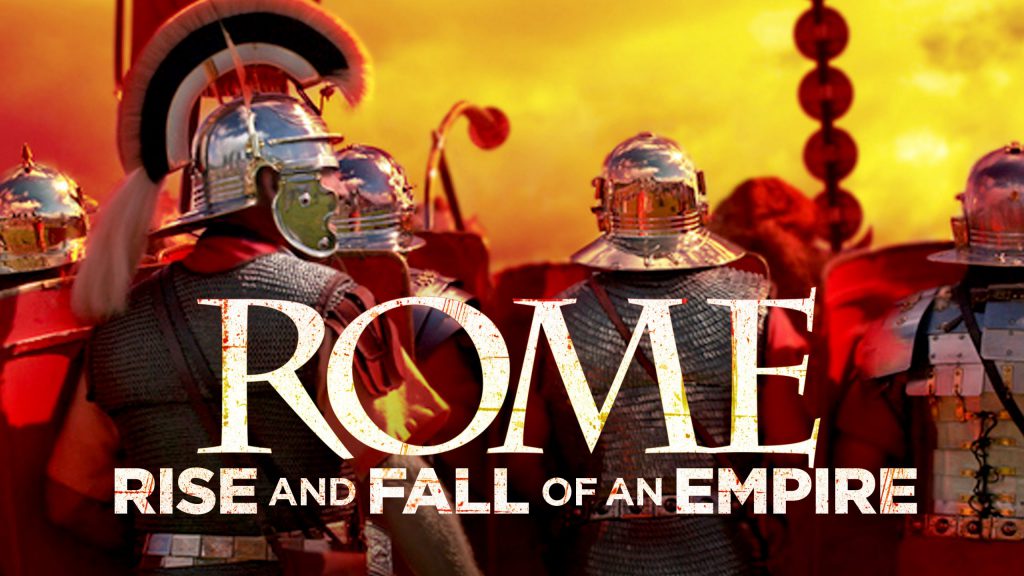Ancient Rome: The Rise and Fall of an Empire episode 4: The Roman Republic survived for half a millennium, but when Tiberius Gracchus arrived on the scene, he unleashed the mob. Tiberius Sempronius Gracchus (c. 163 BC–133 BC) was a Roman politician best known for his agrarian reform law entailing the transfer of land from the Roman state and wealthy landowners to poorer citizens. He had also served in the Roman army, fighting in the Third Punic War and in Spain.
Against substantial opposition in the senate, his land reform bill was carried through during his term as tribune of the plebs in 133 BC. Fears of Tiberius’ popularity and willingness to break political norms, incited by his standing for a second and consecutive term as tribune, led to his being killed, along with many supporters, in a riot instigated by his enemies. A decade later, his younger brother Gaius proposed similar and more radical reformist legislation and suffered a similar fate. The date of his death marks the traditional start of the Roman republic’s decline and eventual collapse.
Dramatic reconstructions and computer graphics tell the story of ancient Rome. Turning points in ancient Roman history and some of the Empire’s greatest stories are brought to life in this drama documentary series. This dramatized documentary series tells the story of the rise and fall of Ancient Rome concentrating on six key turning points.
Ancient Rome: The Rise and Fall of an Empire episode 4
At the time of Gracchus’ tribunate in the late 130s BC, there were a number of economic issues before the Roman people: wage labour was scarce due to a dearth of public building, grain prices were likely high due to the ongoing slave rebellion in Sicily, population growth meant there were more mouths to feed, and declining willingness to serve on long army campaigns had increased migration to the cities.
Altogether, these trends reduced the opportunities for people in the cities to support themselves, driving them closer to subsistence. Influx into the cities was not high by modern standards: large numbers of people remained in the countryside. But similar issues plagued the rural poor as well. The absence of colonisation projects and increased demand for wage labour on large farms “may have caused an oversupply of labour in the country, making it difficult for the rural poor to support themselves”.
The Roman state owned a large amount of public land, or ager publicus, acquired from conquest. The state, however, did not exploit this land heavily. While it was theoretically Roman property, the land “had been regarded as a sort of beneficium to the allies, who had been allowed to continue to work the land which had been confiscated from them”.
The traditional story, that the ager publicus was dominated by a “rich commercial elite that established large slave-staffed estates on public land” driving poor farmers into destitution between military service and competition with slave labour, is increasingly questioned due to the location of the ager publicus itself. The ager publicus was mainly located outside of the traditional farmland close to Rome. It was located mainly in places inhabited by non-Roman citizens.
The expanded population of Italy in the second century BC had split up, due to Roman practice of partible inheritance, previously modest agricultural properties into plots too small to feed a family. This caused higher underemployment of farmers, who were willing to sell their lands to richer men because the high demand for land near Rome had driven up the prices dramatically; farmers who sold their land engaged in wage labour, which was a major source of employment: “there is ample evidence to show that the temporary labour of free men was very important to large estates” especially around harvest-time.




